Multiplayer focus
Nintendo Switch OLED model
Pros
- Long list of exclusives
- Detachable Joy-Cons for easy multiplayer
- TV dock included
- Slightly more battery life
- More affordable
Cons
- Not as powerful
- No Bluetooth
- Lower resolution capabilities
Nintendo's most recent Switch iteration comes with a kickstand, TV dock, and removable Joy-Cons for easy multiplayer mode. It costs less than any of the Steam Deck versions and already has a long list of established exclusives under its belt. It might not be as powerful as Valve's handheld, but that's because its focus is more on the sharable user experience.
Power house
Steam Deck
Pros
- Built-in SSD
- Three versions to choose from
- Plays entire Steam library
- Bluetooth
- Far more customization potential
Cons
- Costs more
- TV dock sold separately
- Slightly less battery life
The Steam Deck brings PC gaming to handheld, allowing people to access and play their entire Stream library from just about anywhere. It comes in three different versions, which cost more depending on their features. Even the base model is more powerful than the Switch OLED model. It's the perfect accessory for PC gamers and new gamers alike.
Valve's Steam Deck is a powerful new handheld entering the market at the end of the year while the Nintendo Switch OLED model is a slightly updated version of the base Nintendo Switch. Though they look somewhat similar, Valve's Steam Deck and Nintendo's Switch (OLED model) are incredibly different. That's partly due to their focus, the kind of games they play, and what lies beneath the plastic.
Steam Deck vs Nintendo Switch OLED model: Technical specs
While these might look similar, the Nintendo Switch OLED model and the Steam Deck are very different from each other.
| Steam Deck | Nintendo Switch | |
|---|---|---|
| Price | $400 $530 $650 |
$350 |
| Storage | 64GB 256GB 512GB |
64GB |
| Processor | AMD APU CPU: Zen 2 4c/8t, 2.4-3.5GHz (up to 448 GFlops FP32) GPU: 8 RDNA 2 CUs, 1.0-1.6GHz (up to 1.6 TFlops FP32) APU power: 4-15W |
NVIDIA Custom Tegra processor |
| RAM | 16 GB LPDDR5 RAM (5500 MT/s) | 8GB |
| Games | Entire Steam library | Nintendo Switch games |
| Motion Controls | Yes | Yes |
| TV Dock | Yes (sold separately) | Yes |
| Display size | 7-inch Touchscreen | 7-inch OLED touchscreen |
| Resolution | 1280 x 800px (16:10 aspect ratio) | Up to 720p in handheld mode/up to 1080p docked |
| Bluetooth | Yes (5.0) | No |
| MicroSD slot expansion | Yes | Yes |
| Battery | 2-8 hours | 4.5-9 hours |
| Size | 11.7 x 4.6 x 1.9 inches | 9.5 x 4 x 0.55 inches |
| Weight | 1.47 pounds | 0.71 pounds |
You've seen the data, so now you're probably wondering what it all means. Let's dive into what all these differences mean.
Steam Deck vs Nintendo Switch OLED model: Price
One of the first things you probably noticed in the chart was the price difference. The Steam Deck comes in three different versions that get progressively more expensive as they get more powerful. Regardless of the model, the Nintendo Switch costs less than any of the Steam Deck versions and comes with a dock to play on TV. If you want your Steam Deck to play on TV, you'll need to purchase it separately. Right now, there's no price for the dock or a release date.
You can purchase digital or physical Switch games and can sometimes find the tangible versions on sale at different times of the year. Meanwhile, Steam is an all-digital platform, but there are Steam sales that make purchasing games a lot easier on your wallet. But overall, if you're on a budget, Nintendo is the way to go.
Steam Deck vs Nintendo Switch OLED model: Power & focus
The Steam Deck is by far the more powerful console. The mid to high-end versions actually use SSD internal storage, which alone should make the device run a whole lot smoother and faster than a Switch. Just like the Nintendo Switch, the Steam Deck also features gyro, or motion controls and a touchscreen for easy interaction. Unlike the Switch, it has extra back buttons and trackpads on either side under the joysticks, giving players more control options.
Valve's gaming system is geared towards Steam users who specifically want to access their libraries on a powerful handheld. If you are not a computer gamer or don't already have a library of Steam games, it won't be as appealing.
The Nintendo Switch, on the other hand, is a much less complicated system with games for every age and taste. It's designed as a sharable console with plenty of local or split-screen games for multiple people to enjoy at the same time. This sharable mentality is made obvious in the system's design where the Joy-Cons can be removed for easy multiplayer sessions.
Basically, if you are new to gaming or are looking for something your whole family can enjoy, the Nintendo Switch OLED model is a great choice for you. The battery even lasts a little longer than the Steam Deck, making it a great way to entertain children during long trips or car rides.
Steam Deck vs Nintendo Switch OLED model: Customization
Nintendo keeps very tight control on its devices and makes it difficult to even customize your home screen. You can purchase Joy-Cons in a variety of colors if you want your Switch to look more unique, though. Meanwhile, the Steam Deck runs a Linux operating system with a Proton compatibility layer and thus theoretically will be able to run just about anything that could run on Linux — that is, as long as users have the know-how to make it happen. This opens the Steam Deck up to a lot of possibilities for tech-savvy users who can customize the handheld to do almost anything a PC could do. For example, while the NIntendo Switch can't run a web browser, you could theoretically run one on a Steam Deck.
Steam Deck vs Nintendo Switch OLED model: Accessories
Theoretically, the Steam Deck will work with any compatible Bluetooth device including mice, keyboards, wired/wireless headphones, fight sticks, and more. That basically means you can turn it into just about anything. IF you purchase the separate dock, this will give you additional ports and options to work with. It also works with any USB-powered device, which opens up the possibilities even more.
The Nintendo Switch,on the other hand, is more limited. It works with a range of accessories made specifically for it, but it doesn't have Bluetooth on its own. However, owners can purchase a Switch headphone adapter in order to use wireless headsets or can purchase other adapters to make other controllers or devices work with the system.
Steam Deck vs Nintendo Switch OLED model: Subscriptions & games
Steam doesn't require a subscription to play its games. You just purchase a game once, and then you'll have access to it in your library whenever you want. If you have an online multiplayer Steam game, you'll just need to be connected to the internet to play it. Nintendo, on the other hand, follows a common console practice of requiring you to purchase a Nintendo Switch Online subscription in order to play anything online. However, once you purchase a game either physically or in the Nintendo eShop, you'll be able to play it locally whenever you want.
There are already dozens of the best Nintendo Switch games out there that have become popular on Switch consoles including The Legend of Zelda: Breath of the Wild, Animal Crossing: New Horizons, Pokémon Sword and Shield, and many more. We know these games run well on Switch and have been very popular in this format.
Steam has been around since 2003, which means it has accumulated possibly millions of big titles during that time including Control, Portal 2, Hades, What Remains of Edith Finch, and more. However, we don't know for sure how well the Steam Deck will run these games. It could be one of the best things to ever happen to gaming or it could be a huge swing and a miss.
Steam Deck vs Nintendo Switch OLED model: Which should you buy?
Since these gaming systems are so different from each other, comparing them is a difficult task. Basically, if you're new to gaming, want to share your console with others, or are looking for a system that is easy to get into, the Nintendo Switch (OLED model) is the better choice. Not to mention, it also costs less than Steam's handheld. It has improved battery life compared to the original Switch and Switch Lite and has those detachable Joy-Cons for easy multiplayer wherever and whenever you want. In addition to that, the Nintendo Switch is already an established console with several exclusives, so you know it won't be a passing fad.
If, however, you are already a PC gamer with a big library of Steam games or want something with fast framerates, larger storage, and processing power, the Steam Deck will be the ideal accessory. It allows you to play your favorite PC Steam games untethered to a desk wherever you have access to the internet. It's hard to say just how well this device will work since it doesn't release until December, so it could either be the next best thing or a flash in the pan.
Multiplayer focus
Nintendo Switch OLED model
Improved Switch
The OLED model brings several welcome changes to the original Nintendo Switch including a LAN port, longer kickstand, 64GB of internal storage, and an improved display. It works with all Nintendo Switch games.
Power house
Steam Deck
Powerful handheld
Valve's new hardware allows you to play your entire Steam library from anywhere that you have a good internet connection. It comes in three versions with varying degrees of internal storage and processing power.
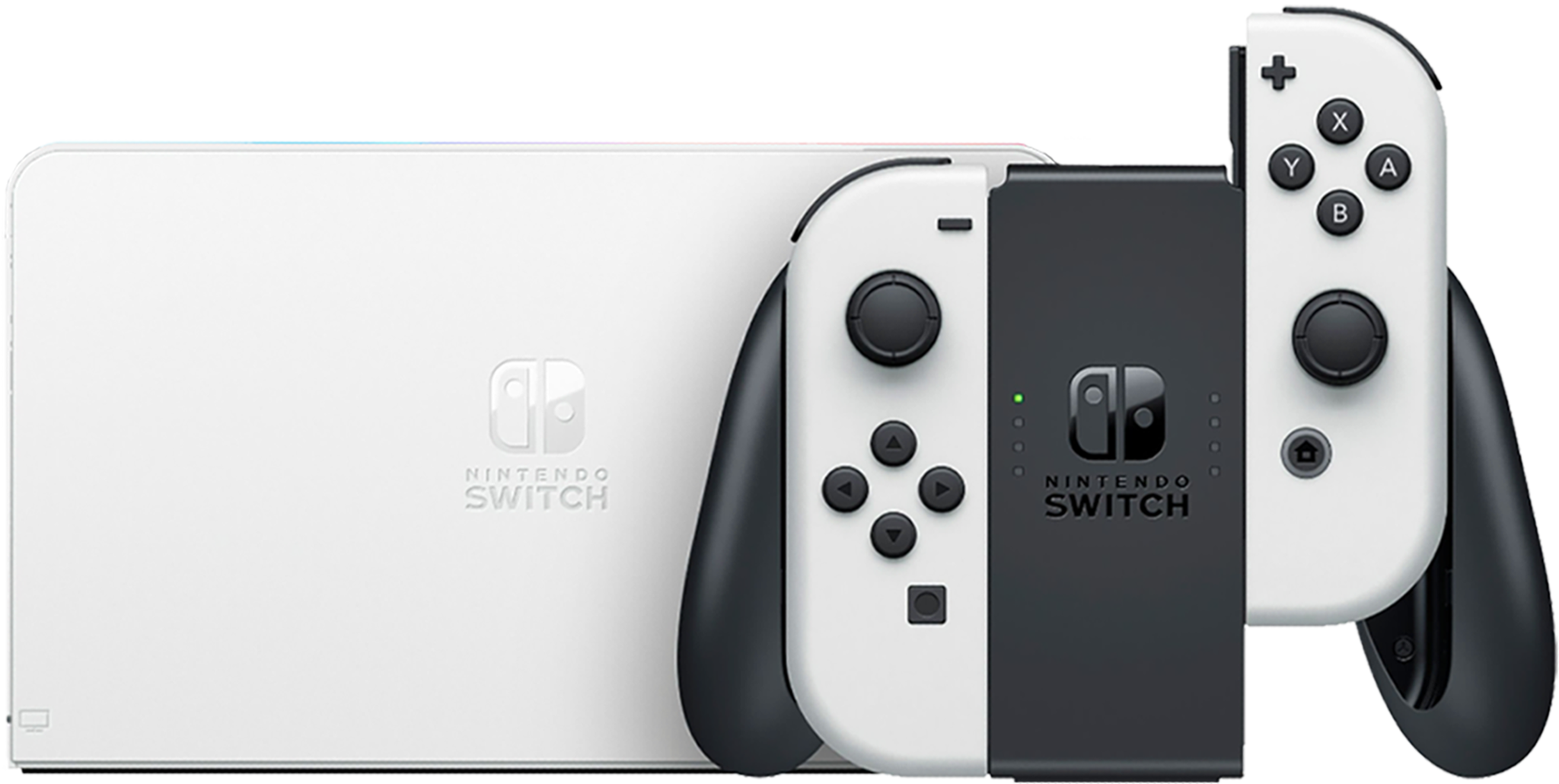

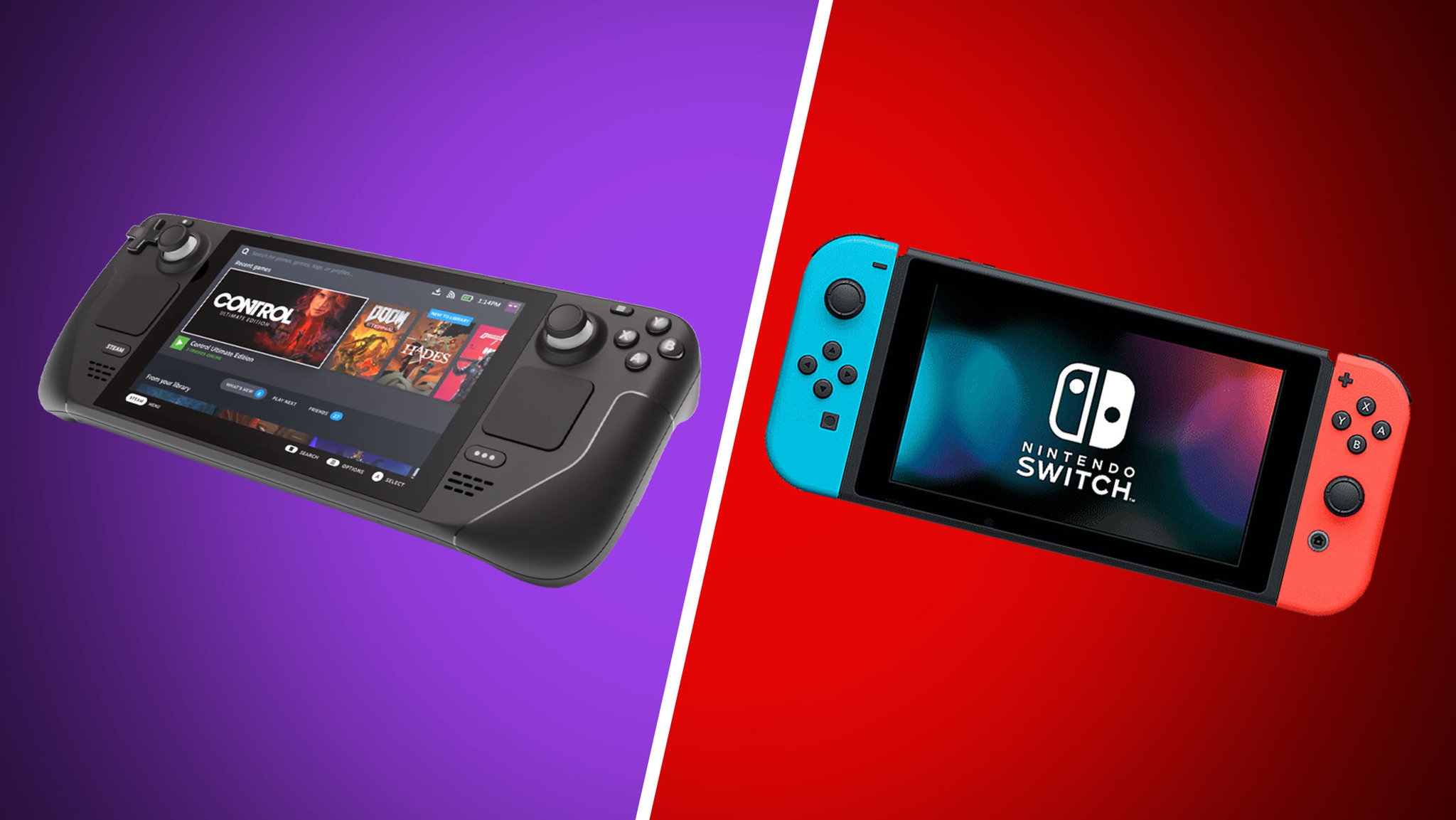
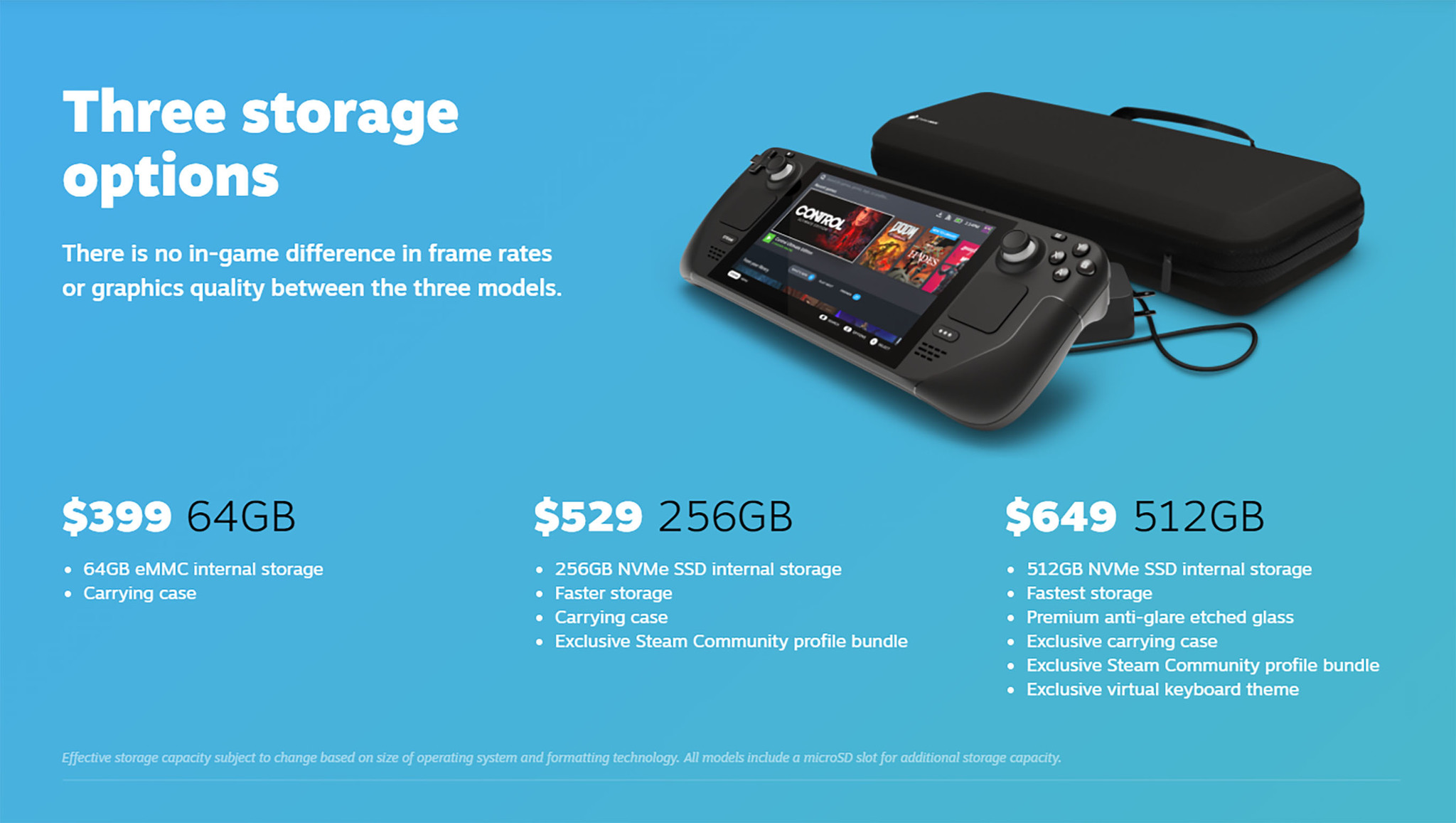

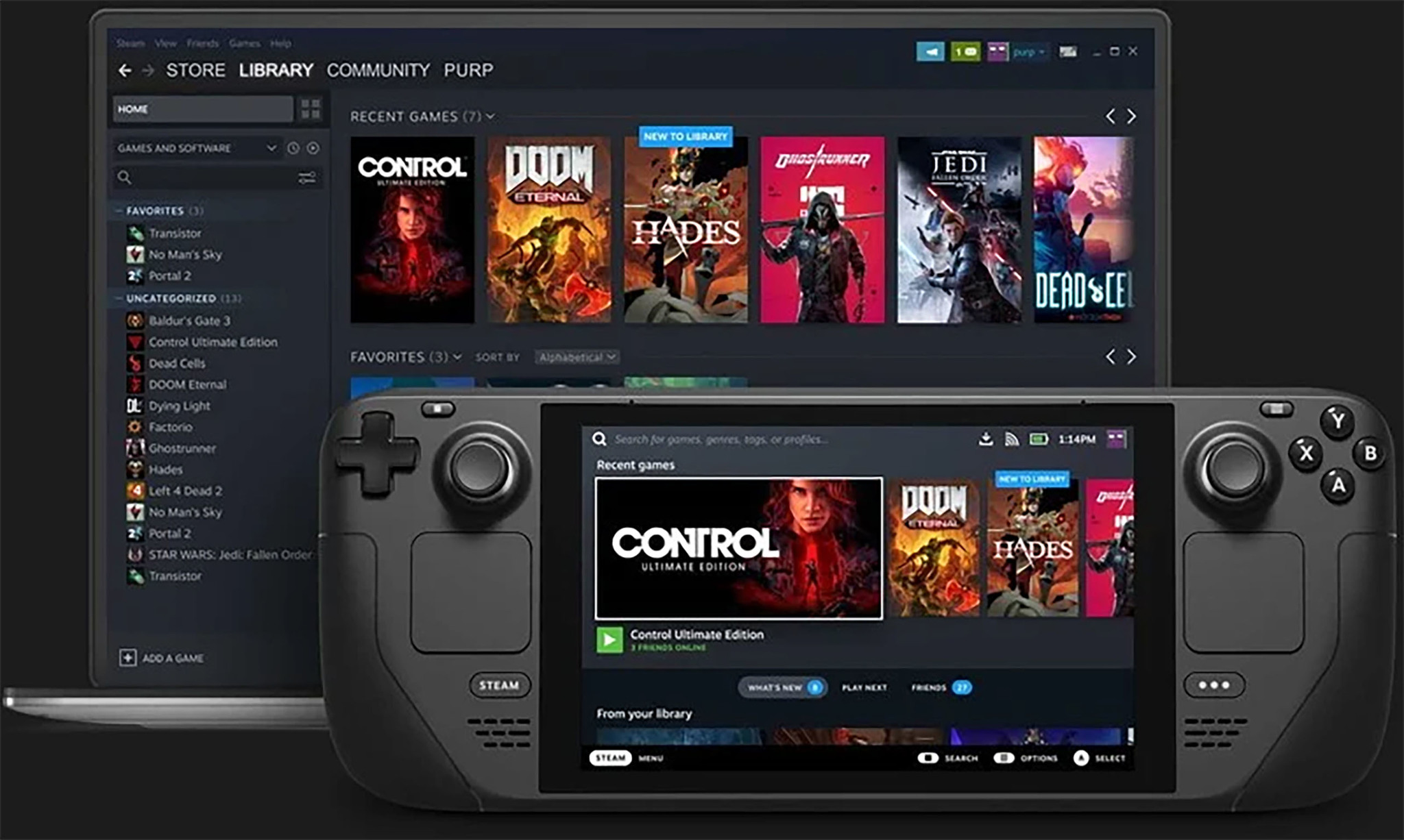
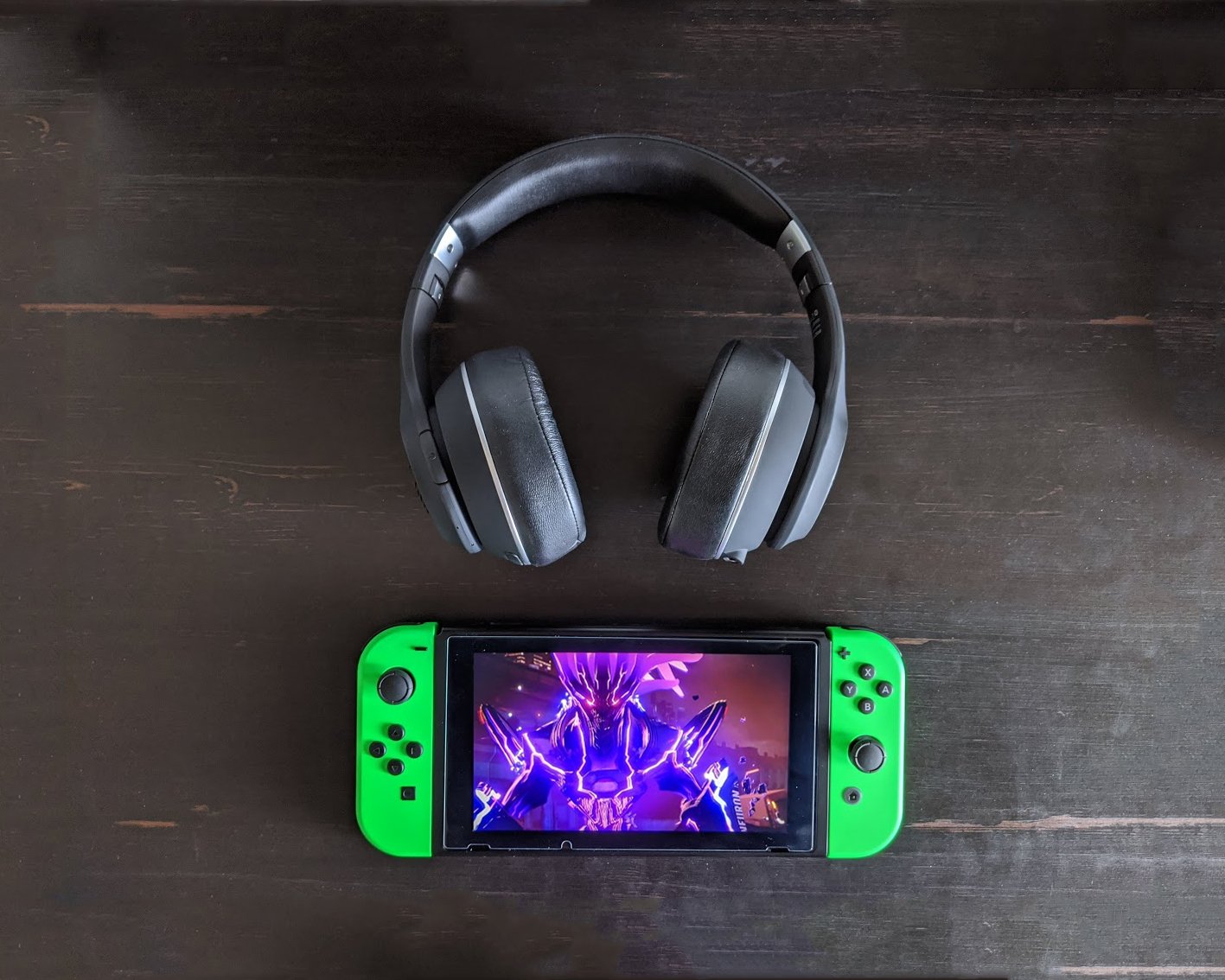
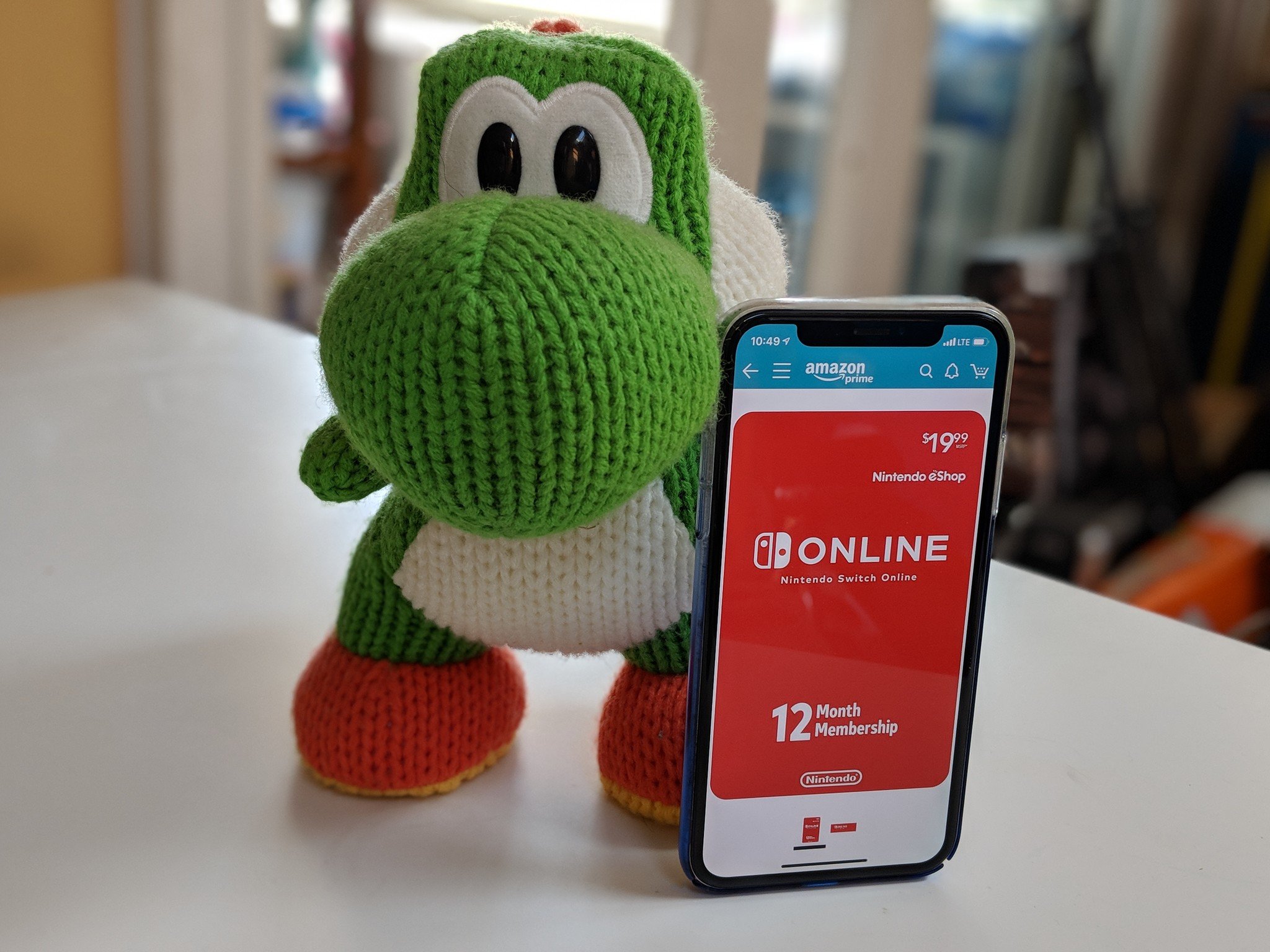
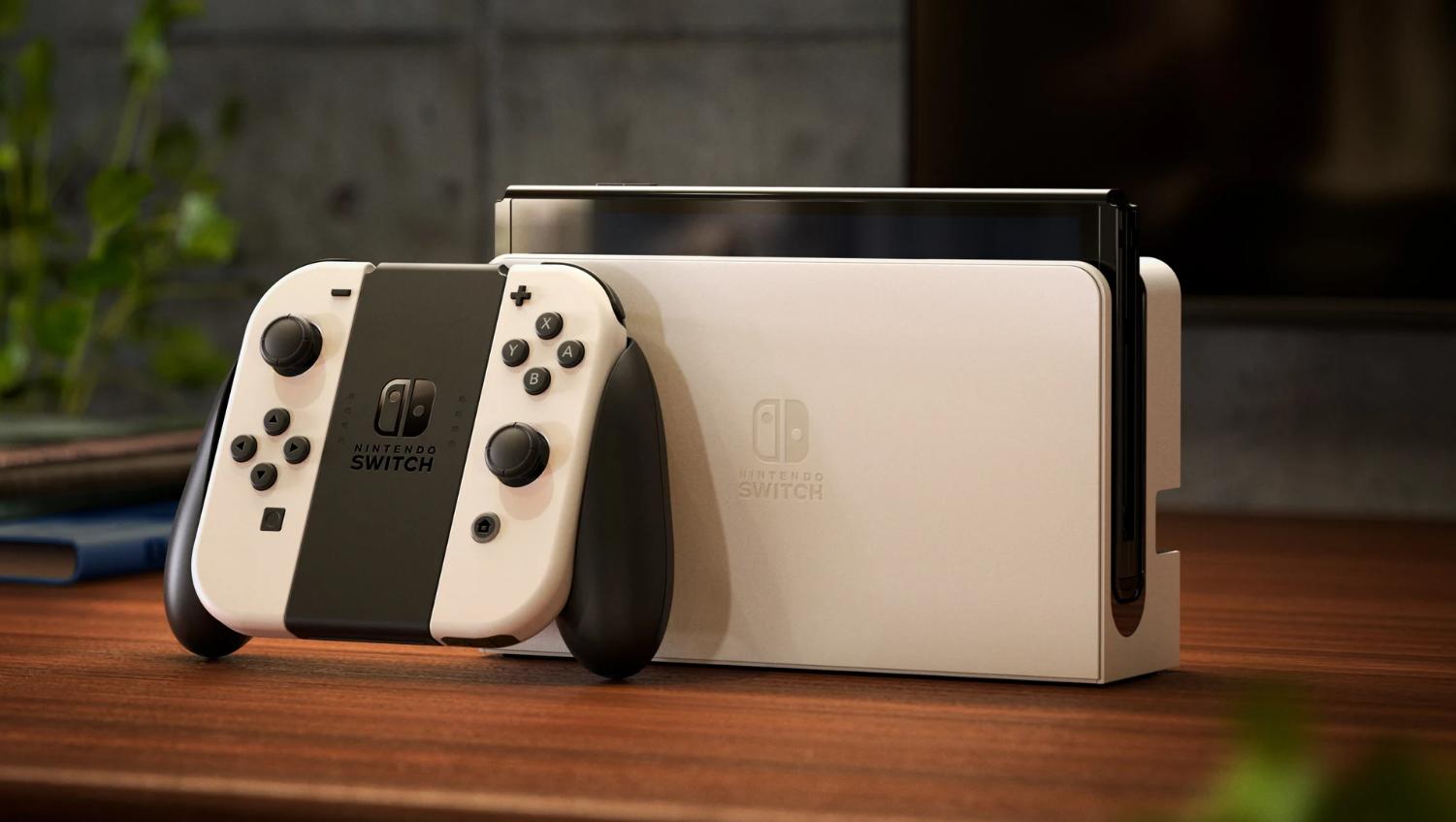
0 Commentaires